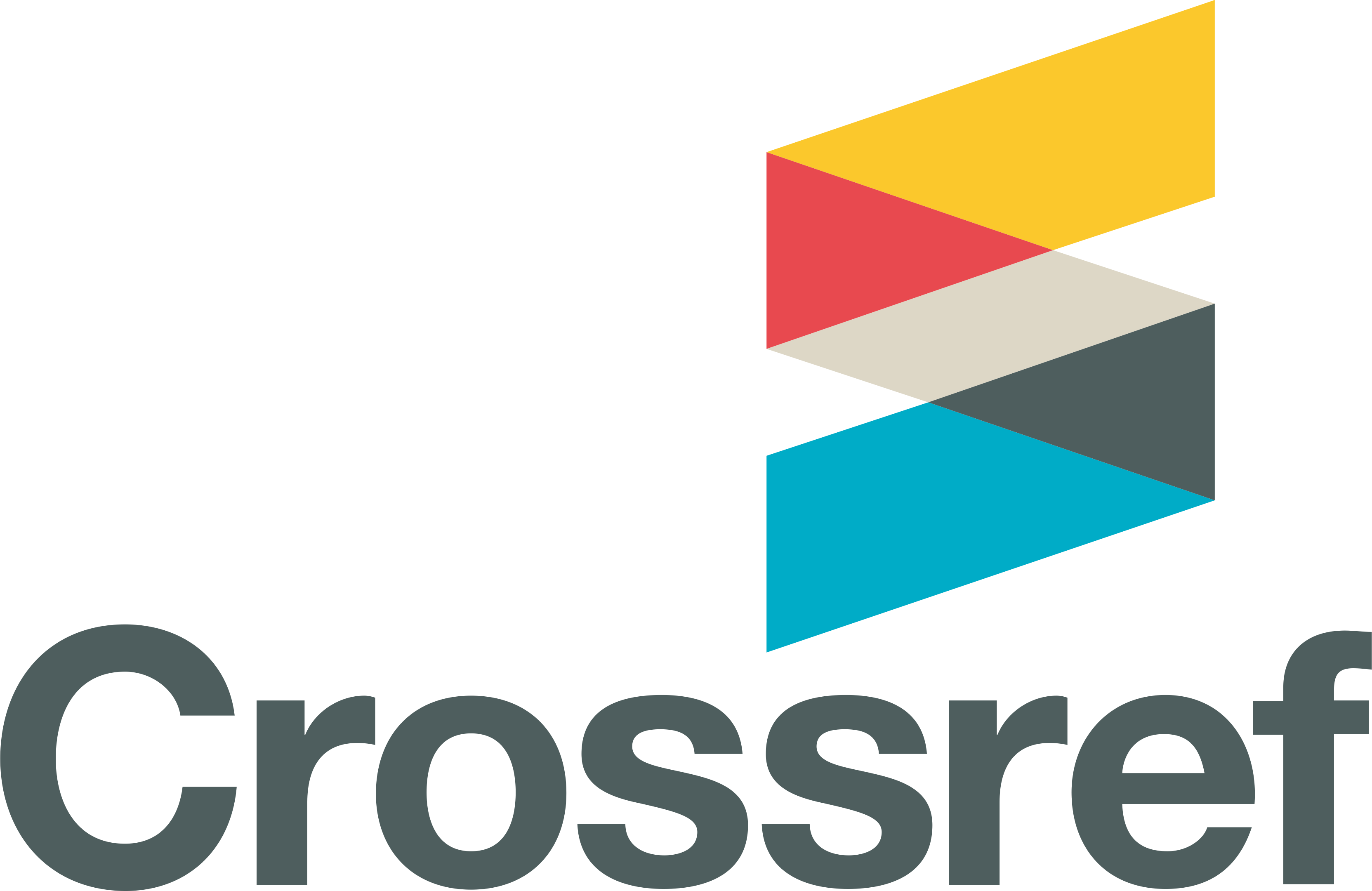Resistance Reaction of Abaca (Musa textilis Nee) Hybrids to Bunchy Top and Establishment of Disease Severity Rating Scale for Screenhouse Screening
Keywords:
Bunchy top, severity rating scale, abaca hybrids, bunchy top resistanceAbstract
Two abaca hybrids, namely, Hybrid 2 and Hybrid 7, which were derived from a cross between the resistant wild banana ‘Pacol’ and the susceptible ‘Abuab’ abaca, were evaluated for resistance to bunchy top disease. The response of these hybrids to bunchy top on abaca in the screenhouse was assessed and compared with the parental varieties, Pacol (Musa balbisiana) and Abuab, and susceptible varieties, ‘Inosa’ and ‘Tinawagang Pula’. Two-month-old tissue-culture-derived plantlets that had been tested to be virus-free were mechanically inoculated with viruliferous aphid P. nigronervosa, and the infection was observed for six months. Hybrid 7 did not develop the bunchy top disease throughout the six-month observation period, while Hybrid 2 developed the disease in only 1 of 15 test plants over the six-month observation period. Hybrid 2 did not show any symptom of bunchy top from 1 - 3 months of post-inoculation (mpi), but symptoms of dark green streak on the leaf veins were observed at six mpi, and later the leaves became narrow. Both susceptible and parental (Abuab) varieties showed typical symptoms of bunchy top at 1-month post-inoculation, while Hybrid 2 had delayed symptom development of bunchy top at 6-month post-inoculation. The resistance was observed under conditions of high disease pressure wherein the susceptible control varieties, “Tinawagang Pula” and “Inosa,” and the parental Abuab developed severe disease characterized by early disease onset and high disease incidence. A symptom severity rating scale of 1-9 was established in this study. The rating scale represented the pattern on infected plants starting with the development of dark green streaks on the leaf veins and midribs followed by marginal chlorosis and narrowing of leaves, and then the plants became bunchy in appearance characterized by crowding of leaves at the apex and stunting. Knowledge of the response of these hybrids would be useful in designing for the development and proper deployment of virus-resistant plants in the field.
Downloads
Published
How to Cite
Issue
Section
License
Copyright (c) 2021 Elizabeth Parac, Filomena Sta. Cruz, Antonio Lalusin

This work is licensed under a Creative Commons Attribution-NonCommercial 4.0 International License.




